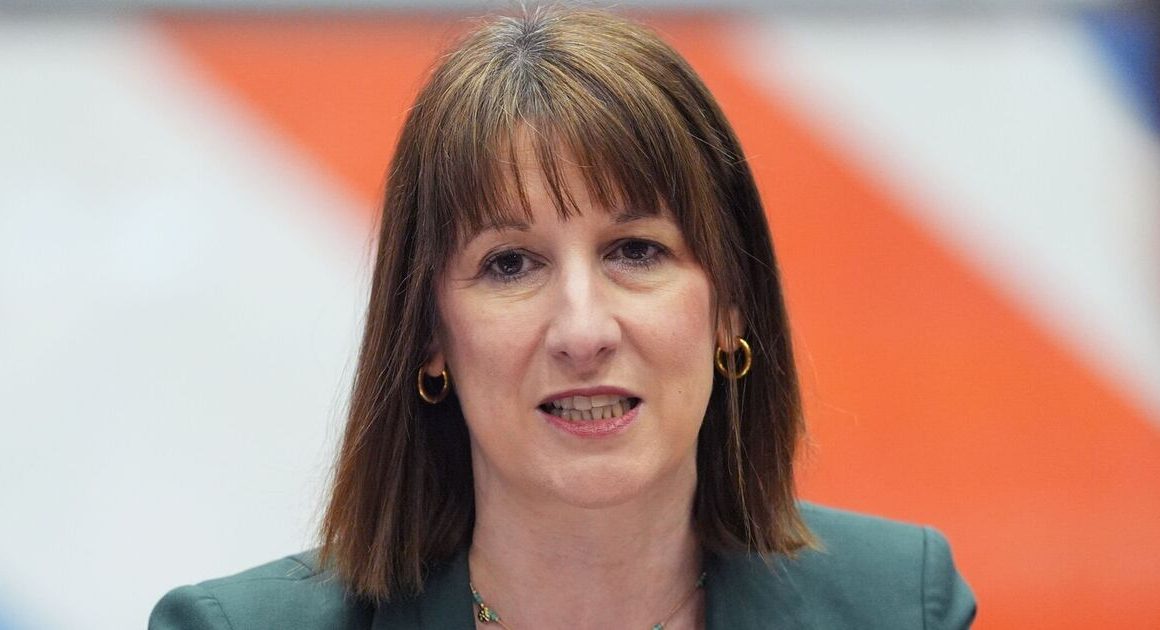Addressing both Canadians and Americans on Saturday night, at one of the most fraught moments in the history of relations between Canada and the United States, Justin Trudeau reminded listeners of John F. Kennedy’s words when the late American president addressed Parliament in May 1961.
“Geography has made us neighbours. History has made us friends. Economics has made us partners. And necessity has made us allies,” the prime minister said, quoting Kennedy.
Trudeau did not repeat the next sentence in Kennedy’s remarks: “Those whom nature hath so joined together, let no man put asunder.”
Perhaps that line would have seemed in this moment like a direct attack on the current American president. But Kennedy’s sentiment may have been implied as Trudeau proceeded to recount all of the occasions on which Canadians and Americans have fought together and all of the moments in which Canadians have been there to assist their neighbour.

Together, Trudeau said, Canada and the United States have built the most successful economic, military and security partnership the world has ever seen and a relationship that is the envy of the world.
“Unfortunately, the actions taken today by the White House split us apart instead of bringing us together,” Trudeau said as he announced how Canada will hit back at U.S. tariffs.
After announcing Canada’s response to U.S. tariffs, Prime Minister Justin Trudeau said the coming days will be ‘difficult for Canadians, and they’ll be difficult for Americans.’ Trudeau said Canada will levy a 25 per cent tariff on $155 billion worth of U.S. goods in response to U.S. President Donald Trump’s 25 per cent tariffs on most Canadian goods.
The depth and duration of the split remains to be seen. In the short term, it could be very difficult — not least for those whose jobs and livelihoods are now threatened. And at an anxious moment for the country, Trudeau seemed intent on both pulling Canadians together and preparing them for a significant struggle: “There are many ways for you to do your part,” he said.
But even if this rupture is somehow patched over relatively quickly, it’s easy to imagine how this could leave the sort of lasting scars that change for the long-term the relationship between two nations that nature hath joined together.
How did we get here?
The United States has now commenced a trade war against its closest ally and trading partner. And there is much to consider about what comes next. But it’s also worth reviewing how we got here.
On Nov. 5, Americans chose Donald Trump to be their next president. Twenty days later, Trump announced, via a post to his own social-media platform, that he would apply a 25 per cent tariff to all products imported into the United States from Canada and Mexico — a response, he claimed, to the fact that people and illegal drugs were entering the United States from those two countries.

At least in the case of Canada, this was an irrational justification. Seizures of fentanyl at America’s northern border represented 0.08 per cent of all fentanyl seized by American officials in the last fiscal year. The number of people entering the United States through Canada has also been a fraction of the total number of people entering via Mexico.
Regardless, preventing unwanted people and things from entering the United States is first and foremost the responsibility of the United States. If the U.S. believes it is justified in levying tariffs in this case, then Canadian officials would presumably have grounds to levy tariffs in response to the flow of illegal firearms that enter this country through the United States.
Canadian officials were nonetheless obliged — both political and practically — to take Trump’s stated concerns seriously. And so they did. New resources were marshalled and new commitments to cross-border co-operation were made. By the federal government’s estimate, the total package of measures will cost $1.3 billion.
But either it wasn’t enough or it simply didn’t matter.
Paul Krugman, the Nobel-winning economist and commentator, suggested this week that the use of fentanyl to justify this trade war was akin to a previous American administration’s claims of “weapons of mass destruction” as a pretext to launch an invasion of Iraq in 2003.

“It’s just a plausible-sounding reason for a president to do what he wanted to do for other reasons — George W. Bush wanted a splendid little war, Donald Trump just wants to impose tariffs and assert dominance,” Krugman wrote.
Why does Trump want to put tariffs on Canada?
It can’t be said that Trump is responding to some great desire on the part of Americans to get tough on Canadian-made products. A Reuters/Ipsos poll in January found just 37 per cent of Americans support a new tax on Canadian goods. Abacus Data similarly found that just 28 per cent of Americans think a 25 per cent tariff is a “good idea.”
The White House referred to the tariffs as “leverage” on Saturday. But it’s unclear what more the United States wants. And whatever his stated concerns about fentanyl, Trump may more profoundly view tariffs as a way to raise revenue for a federal government that is already running a deficit of $1.8 trillion US, and as a method to force companies to manufacture products within the United States.
“We were at our richest from 1870 to 1913,” Trump said on Friday. “That’s when we were a tariff country.”

At least as measured by GDP, it’s hard to see how the United States was richer at the dawn of the 20th century. But returning to the world of 1913 would mean reversing nearly a century of increasing economic integration between Canada and the United States — integration that was formalized by a succession of free-trade deals, the most recent of which was negotiated, signed and celebrated by Trump himself just over six years ago.
At the very least, Trump has seemingly now sent the message to Canadian leaders — and leaders in many other countries — that America is no longer to be regarded as a reliable ally or trading partner. He seems to believe America’s economic power exists to be wielded against others, both foes and friends, with no concern for either America’s international relationships or the welfare of citizens in other countries.
What will this do to the Canadian psyche?
Trudeau said he trusts the American people and doesn’t believe they wake up wanting to pick a fight with Canada. And perhaps the president’s continued focus on fentanyl offers a way out. Perhaps Canadian officials can continue to implement measures related to the border and then Trump can claim victory and everyone can go back to their corners. At least until the next tariff is threatened.
But what of the Canadian political psyche? Canadians had largely overcome the fears of previous decades and grown comfortable with closer economic integration with the United States. Fears of American cultural influence had also receded. At least until now.
Fans at an Ottawa Senators game on Saturday night booed the American national anthem. In addition to the $155 billion in counter-tariffs announced by Trudeau on Saturday night, Nova Scotia announced that highway tolls would be increased on American trucks and American alcohol would be pulled off the province’s store shelves. British Columbia announced that the province would no longer sell alcohol from “red states” — that is, American states that voted for Trump last November.
Trudeau spoke of preserving the relationship between Canada and the United States and “necessity” and “economics” may ultimately carry the day. But Trudeau also called on Canadians to “choose Canada” — in their day-to-day purchases and even in their choice of where to vacation.
If nothing else, Trump’s aggression may be a shot in the arm for Canadian patriotism.
“Canada is home to bountiful resources, breathtaking beauty, and a proud people who’ve come from every corner of the globe to forge a nation with a unique identity worth embracing and celebrating,” Trudeau said on Saturday night.
Trudeau finished his prepared remarks with “Vive le Canada,” a trademark rallying cry of former prime minister Jean Chrétien.
Chrétien lived through some of the seminal moments in the making of modern Canada — the repatriation of the constitution, the Quebec referendums of 1980 and 1995 — and his last great political act as prime minister was refusing to go along with the American invasion of Iraq.
For Canadians, going our own way may be newly back in fashion.








